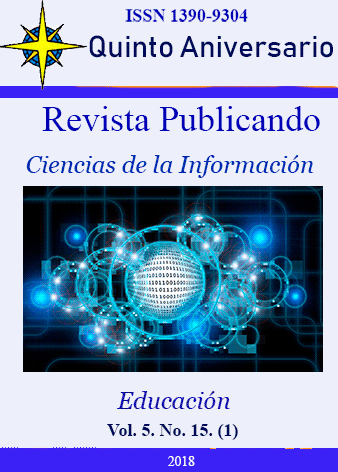Resumen
The purpose of this study was to determine the comparison of cognitive emotion regulation, differentiation and mental health among married women with high and low marital satisfaction, Ahwaz Azad university. A sample of 200 married women was selected by stratified random sampling. Instruments used in this research were Inrich marital satisfaction questionnaire, Garnowsky cognitive-emotional regulation, Skuron and Friedlander differentiation, and Goldberg and Hiller's mental health. This research is causal-comparative. The findings showed that married women with high marital satisfaction have a higher emotional adjustment than married women with low marital satisfaction. Married women with high marital satisfaction have more differentiation than married women with lower marital satisfaction. Married women with high marital satisfaction have better mental health than married women with low marital satisfaction.
Referencias
Ahmadvand, Mohammad Ali (2008), Mental Health, Payame Noor Publications
Amini, Shahriar (2010). Mental Health Principles, Tarbiat Module, Department of Education, Theoretical and Skill Education
Antón Chávez, A.D.P (2017). Influencia de la noticia en la imagen corporativa de una municipalidad desde la percepción del ciudadano. Opción, Año 33, No. 84 (2017): 90-119
Beyrami, Mansour (2012). Preliminary Marital Satisfaction, Based on Attachment Styles, and Differentiation Components, Journal of Basic Principles of Mental Health, Volume 14, Number 53,, Page 66-77
Carlston, E.A., & Sroufe, L.A. (2000). Contribution of Attachment Theory to Development. New York: Wiley.
Fatehizadeh, Maryam and Ahmadi, Seyed Ahmad (2012). Relationship between marriage communication patterns and marital satisfaction of working couples, Isfahan University, Journal of Family Studies, 2010 (Issue 2), 109-120.
Foroughi, A & Esfahani, M. (2012). A robust AHP-DEA method for measuring the relative efficiency: An application of airport industry.Management Science Letters , 2(1), 93-100.
Kristiina Mller; C. Philip Hwang; Birgitta Wickberg (2012). Romantic attachment, parenthood and marital.Journal of Reproductive and Infant Psychology. 24, 3, 233-240.
Mehdi Mafi, “A Hierarchical Model of ICT in Digital Society to Access Information,” Canadian Journal on Electrical and Electronics Engineering, vol. 3, issue 7, 2012, pp. 366-374.
Mehdi Mafi, “The Role of Mobile and Remote Sensing Satellites in Disaster Management,” International Journal of Modern Engineering Research, vol. 2, issue 6, 2012, pp. 4010-4013.
Qahvechi al-Hoseini, Fahimeh. (2015). Emotional expressiveness, and demographic factors, in predicting marital satisfaction of women. 1 1 (1): 59-66
Teimuri Asfichi Ali, Gholamali Lavasani Masud, Bakhshayesh Alireza. (2012). Prediction of marital satisfaction, based on attachment styles and self-differentiation. Quarterly Journal of Family Studies. 8 (32): 441-463
Zareinejad, M., Kaviani, M., Esfahani, M & Masoule, F. (2014). Performance evaluation of services quality in higher education institutions using modified SERVQUAL approach with grey analytic hierarchy process (G-AHP) and multilevel grey evaluation.Decision Science Letters , 3(2), 143-156.
Usted es libre de:
Compartir — copiar y redistribuir el material en cualquier medio o formato
Adaptar — remezclar, transformar y construir a partir del material
La licenciante no puede revocar estas libertades en tanto usted siga los términos de la licencia
Bajo los siguientes términos:
Atribución — Usted debe dar crédito de manera adecuada, brindar un enlace a la licencia, e indicar si se han realizado cambios. Puede hacerlo en cualquier forma razonable, pero no de forma tal que sugiera que usted o su uso tienen el apoyo de la licenciante.
NoComercial — Usted no puede hacer uso del material con propósitos comerciales.
CompartirIgual — Si remezcla, transforma o crea a partir del material, debe distribuir su contribución bajo la lamisma licencia del original.
